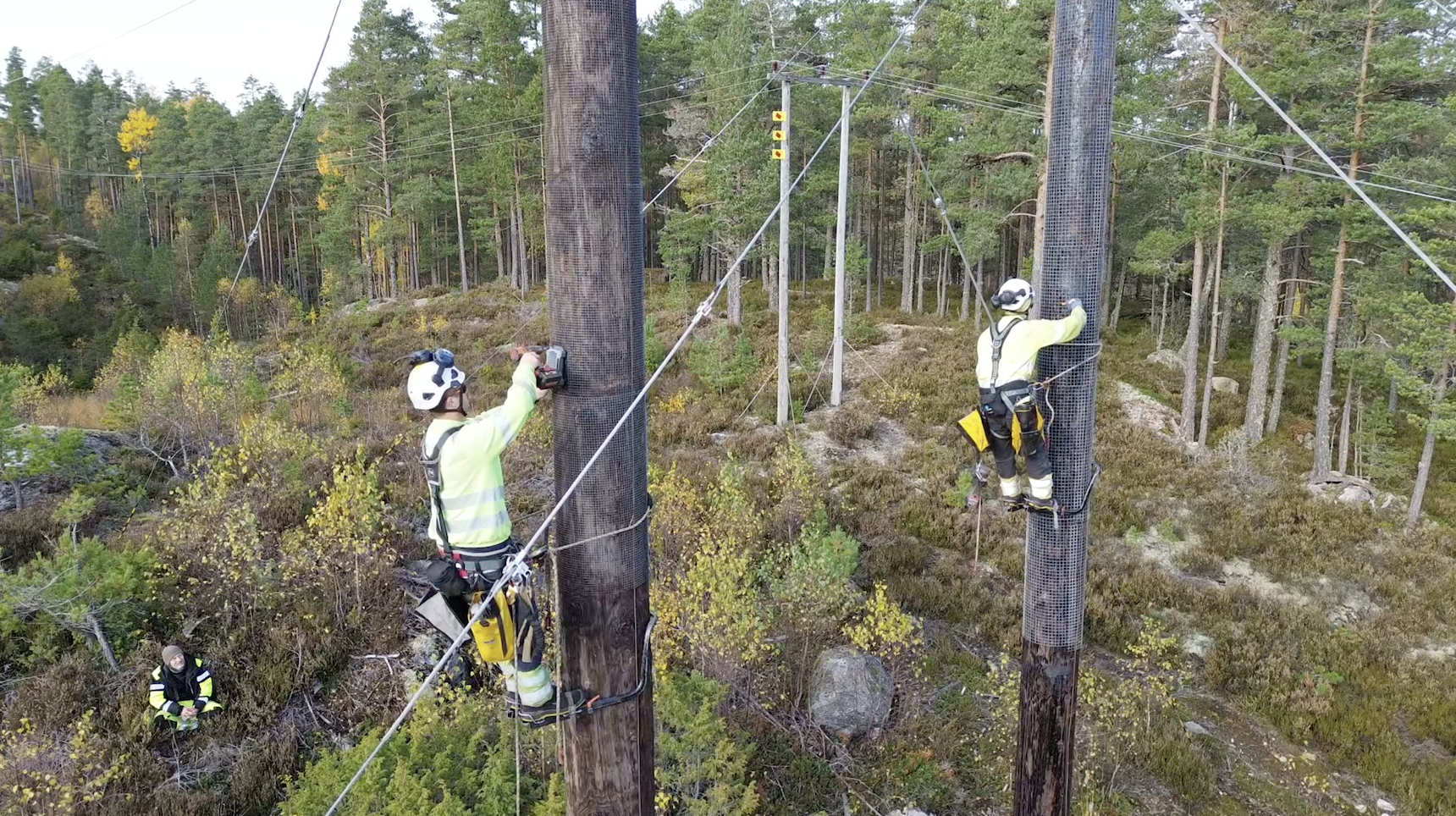The Green Transition is Stalling in the Power Grid
Over the past week, media reports have highlighted rising grid tariffs, referencing data from Statistics Norway (SSB). However, the underlying challenges behind these increases are often communicated without nuance. The power grid is a complex infrastructure facing enormous challenges that must be addressed to realize the green transition.
What is the Grid Tariff – and What Does It Actually Cover?
The grid tariff is what consumers pay to use the power grid, which includes cables, poles, and other infrastructure. It covers fixed costs for operation and maintenance, a variable cost based on consumption, and public fees collected by grid companies on behalf of the authorities.
Grid companies are regulated by the Norwegian Energy Regulatory Authority (RME) to ensure efficient operations in a monopoly market. This means that well-managed companies can retain a larger share of their grid tariff revenues, while those struggling with maintenance backlogs or inefficient resource use receive less.
But the reality for grid companies today is far from optimal:
- Norwegian power grids must be upgraded to withstand increased electrification and renewable energy production.
- Statnett estimates that between NOK 100 and 150 billion will be needed just to double the capacity of the existing power grid.
Maintenance Backlogs and Resource Shortages
According to Europower, every tenth pole in Norway’s low-voltage power grid is in such poor condition that it poses a risk to both line workers and the surrounding environment. At the same time, grid companies across the country report understaffing and underfunding.
“There are only 2,000 line workers in Norway—a critical resource that is already in short supply. Meanwhile, enormous efforts are required just to maintain safe operations. How can we expand the grid when line workers have to spend their time repairing woodpecker damage with glue and chicken wire deep in the forest?” asks Erlend Nordbak, COO of Gridguard.
Woodpeckers alone damage 3% of power poles each year, causing significant annual costs for grid companies. At the same time, manual methods are still being used to detect decay in poles—methods that could be replaced with modern, far more efficient solutions.

Technology and Innovation are the Answer
To meet future demands, the power grid must be digitalized and automated. This includes smarter operational technology that can:
• Measure pole decay and detect faults before they occur.
• Prevent woodpecker damage and reduce manual maintenance tasks.
• Optimize power flow to maximize grid capacity and reduce costs.
“At Gridguard, we have developed sensor technology that locates faults, measures decay, and even tricks woodpeckers into avoiding poles. Our technology is already being tested by several grid companies in Norway and the UK, demonstrating how quickly innovation can contribute to a safer and more efficient power supply,” says Erlend.
Gridguard is part of a wave of Norwegian startups developing technology to modernize the power grid. Yet, the industry continues to see political attention focused primarily on increasing energy production—while the critical needs of the distribution network are neglected.
“The green transition isn’t just about producing more electricity; it’s also about how we distribute it. Without an optimized power grid, the entire shift to renewables is at risk,” Erlend emphasizes.
Time for Action
Grid tariffs could become a driver of efficiency if more operational technology is implemented. Smarter solutions will lead to fewer power outages, reduced KILE penalties (costs for undelivered energy), and, in the long run, lower costs for consumers.
The technology exists. The grid industry wants it. It’s time for a major push to modernize the world’s largest machine—the power grid—so that it’s ready for the demands of the future, Erlend concludes.

